Author: Mitali Kumar
Modern Development is said to be synonymous with the use of concrete (Watts, 2019). Developments in India post-90s saw a boost in the material in the building and construction industry (Tappin, 2002). Unfortunately, natural ecosystems like rivers were also impacted by this phenomenon, the concretisation of River Gomti in Lucknow being a prime case example. The Gomti River today is managed as per the needs of its dependents and tamed as required by grey infrastructure systems like dams, barrages, and channelized water edges in the name of risk reduction.
To maintain a healthy river ecosystem, rivers need to have continuous flow and the potential to flood (Talbot, et al., 2018). With alterations in the river’s flow pattern and reduced connection with its immediate floodplain, Gomti is now a linear entity: a mere channel rather than the dynamic riverine landscape that it used to be.
Planning along the sensitive river corridor needs to have a holistic understanding of the river ecosystem. How does the river function? What does the river provide, and how do our actions impact it? Can one work with the natural system rather than attempting to control it? (Li et al., 2016).
One way of efficiently assessing the natural river ecosystem is by understanding the river connectivity at the catchment scale and by studying the elements that constitute river health. A river’s connectivity can be described in three dimensions within the river corridor and the watershed, namely (Wohl, 2017):
1. Lateral (riparian areas: wetlands/floodplain/lakes)
2. Vertical (atmosphere/groundwater)
3. Longitudinal (connectivity between upstream and downstream: canals & tributaries)
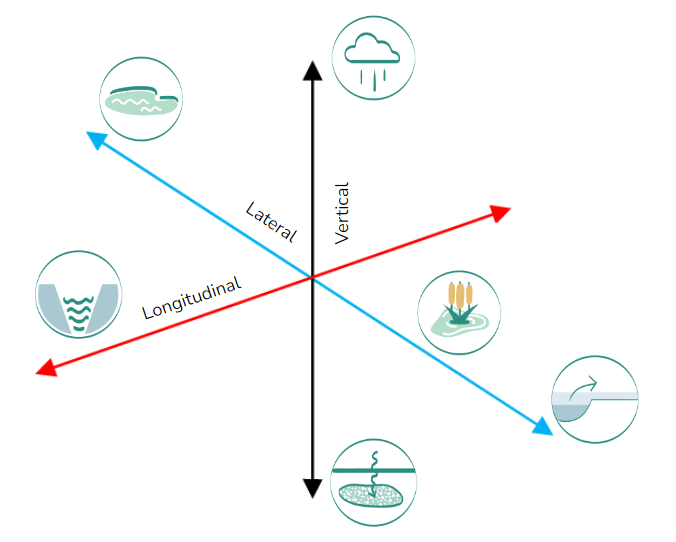
Figure 1: Three-Dimensional Connectivity of the River Water System | Source: Author
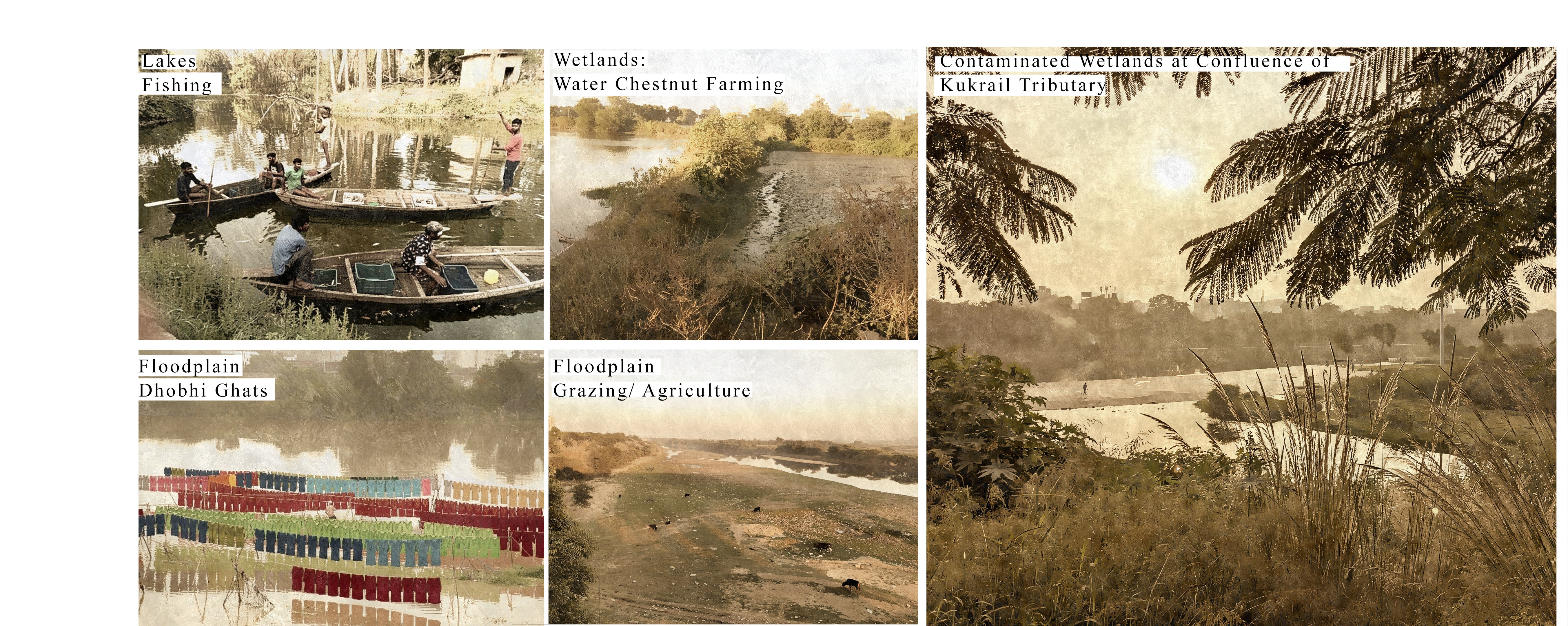
The Gomti along with these connected water systems in the catchment offers several ecosystem services – benefits and resources for communities and biodiversity.
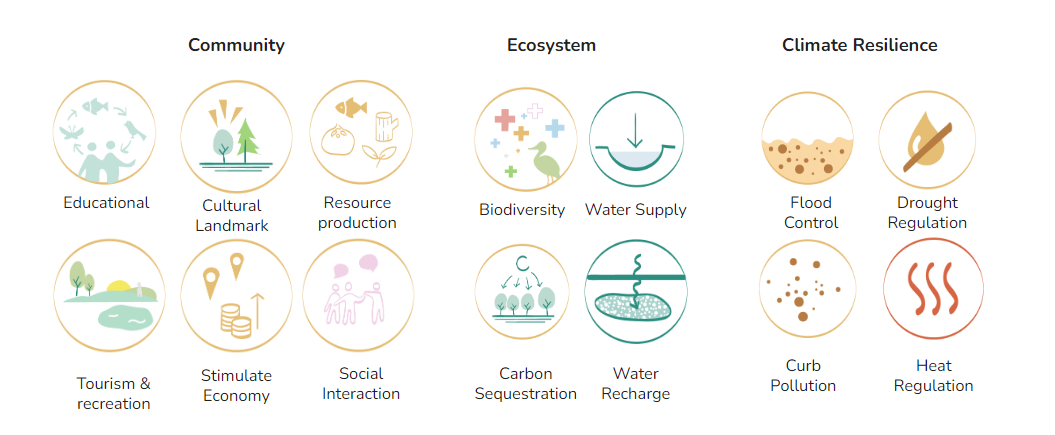
Figure 3: Ecosystem Services offered by River Gomti | Source: Author
As an Urban entity, the Gomti water system is not just a resource but also a high-value real estate, with mass-scale developments (both urban and agricultural) developing increasingly near these sensitive ecosystems. Over time with development and rising population, the demand for the ecosystem has disproportionately risen to more than what it can provide.
The ecosystem services offered by the Gomti watershed in Lucknow today are impacted by several anthropogenic activities, to name a few:
Gomti Catchment Water System (Issues in Lucknow) |
||||
Lateral Connectivity |
||||
Lake (IANS, 2019) |
Wetland (Sharda, 2020) |
Floodplain (Shah, 2008) |
||
Issues |
Lost Reclaimed,Divided, Concretized edges |
Farmers, Developers, Government, Livestock, Residents, Visitors |
Lost, Reclaimed & concretizedContamination by use of fertilisers Overgrazing, Dumping of domestic waste |
|
Responsible Stakeholders |
Farmers, Developers, Government |
Farmers, Developers, Government, Livestock, Residents, Visitors |
Farmers, Developers, Government, Livestock, Washermen, Residents, Visitors |
|
Impact on Ecosystem Services |
Reduced Water Security,Reduced Food SecurityLost habitatsBiodiversity Loss |
Reduced Water Security,Reduced Food SecurityLost habitatsBiodiversity LossWater Contamination |
Reduced Water Security,Reduced Food SecurityLost habitatsBiodiversity LossWater Contamination |
|
Impact on Gomti River |
Increased Water Demand |
Increased Water DemandContaminated WaterBiodiversity Loss |
Decreased River width, increased speed of flow |
|
Vertical Connectivity |
||||
Rain (PTI, 2022) |
Groundwater (Times News Network, 2022) |
|||
Issues |
Changed Precipitation PatternsStormwater run-off |
Over-exploitedHampered recharge due to increased impervious surfaces |
||
Responsible Stakeholders |
Global Climatic Factors, Mankind |
Farmers, Developers, Government, Residents |
||
Impact on Ecosystem Services |
DroughtFlood Hazard |
Reduced Water Security,Water Contamination |
||
Impact on Gomti River |
Reduced RechargeFlooding in storm eventsIncreased SiltationBiodiversity Loss |
Reduced Recharge,Loss of water to replenish groundwaterBiodiversity Loss |
||
Longitudinal Connectivity |
||||
Canals & Tributaries (Lucknow News, 2021). |
||||
Issues |
Lost Reclaimed, Divided, Concretized edges, Contaminated |
|||
Responsible Stakeholders |
Farmers, Developers, Government, Residents |
|||
Impact on Ecosystem Services |
Reduced Water Security,Reduced Food SecurityLost Habitats Biodiversity LossWater Contamination |
|||
Impact on Gomti River |
Increased Water DemandContaminated WaterBiodiversity Loss |
|||
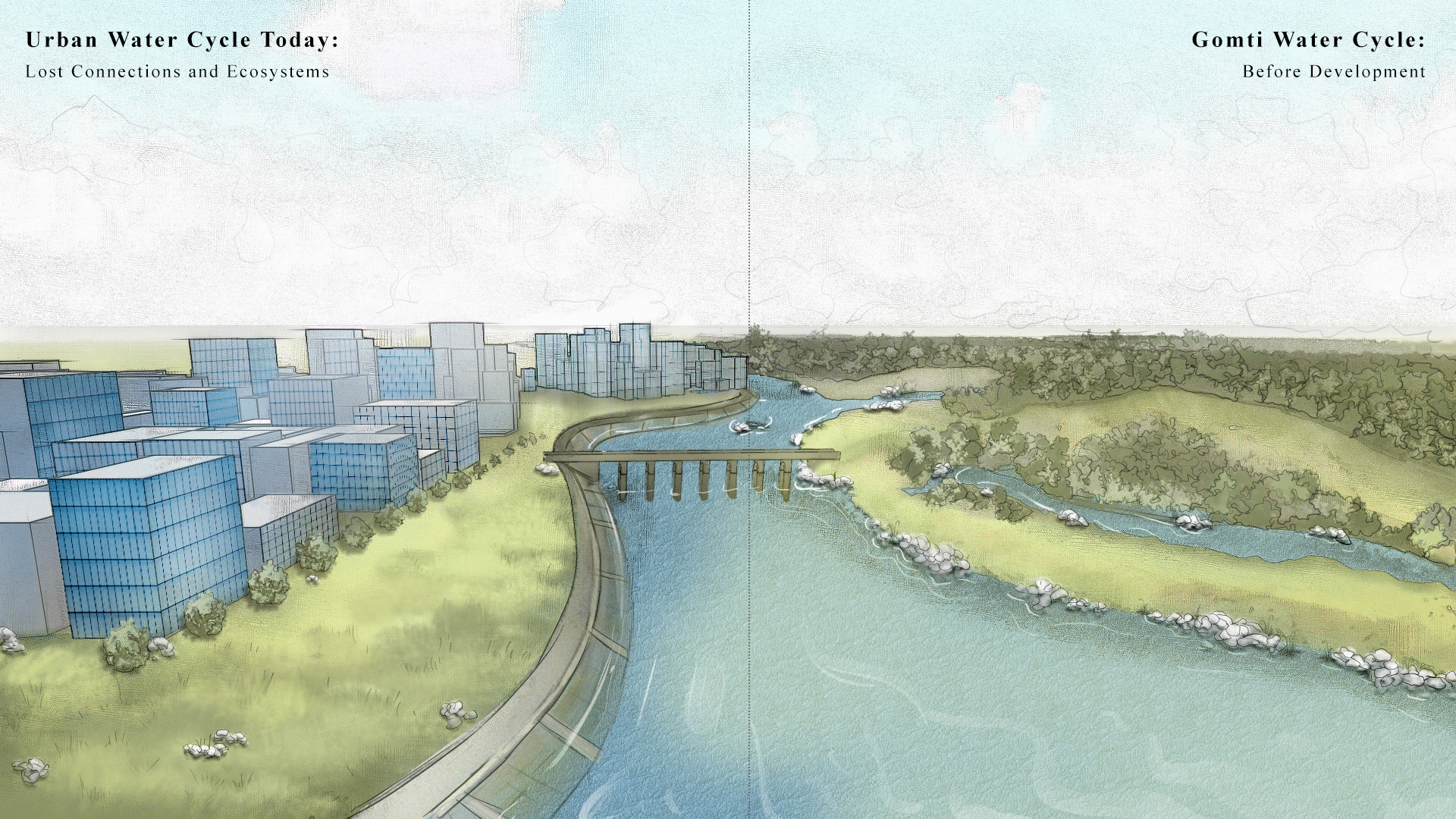
Figure 4: The Urban Water Cycle: Lost Connections of River Gomti | Source: Author
The spatial connectivity in the river watershed impacts the response of rivers to natural and human disturbances. Urban development patterns in the city have led to fragmentation and disconnection in the natural river connectivity, which impacts flood/drought regulation, diminishing water security. Also, contamination in the lateral connectivity of the river amplifies issues, like pollution, by the time they reach the river from their source, impacting ecological health. The exploitation of the natural water system to meet the rising demands of the urban population, and unsustainable practices along the fertile floodplain can be said to be the root causes of the ailing ecosystem.
Ensuring connectivity in the urban water system in Lucknow is crucial in restoring the river Gomti; however, the appreciation of the interdependency of these systems is insufficiently considered in urban planning policies.
Furthermore, the infrastructure of convenience has led to a reduced significance of these landscapes of necessities. The use of concrete in construction across the city of Lucknow incidentally also marks the detachment of the community from the Gomti watershed. Ease and availability of resources to the population(be it for domestic/commercial/institutional use) leads to overlooking how they are a part of the exploitation of the natural resource. The cosmetic beautification of the Gomti floodplains in the name of restoration by concretizing the eco-sensitive riverbanks is another example of human insensitivity to the ecosystem (Prasad, 2018).
Riverfront Parks have immense potential to work with the riverine landscape: for enhancing the deteriorating ecosystem while educating the people about the same. Existing at the culmination of urban life and water, these eco-fragile nodes now need to be multifaceted to meet the growing demands of the ecosystem, while making efforts to conserve it. It is imperative to trace back old legacies instigating responsible stewardship and adopting nature-based solutions.
Before Pucca systems of construction, we depended on the rivers and lakes at a more intimate level. The silt was manually excavated to cover houses for cooling in the summers. Recharge wells were maintained in each household, where the consumption was altered as per water availability. With Borewells, one is not aware of how much water one utilizes. –Brajendra Pal, Lok Bharti(personal communication)
Nature-Based Solutions as defined by the International Union for Conservation of Nature (IUCN), aim to incorporate natural processes, low-cost, and sustainable methods to cater to socio-environmental challenges (IUCN, n.d.). Designing from nature as a method of environmental conversation has been adopted by indigenous people, even before scientific research had deemed them relevant. The locals whose livelihoods depend on these rivers, the government, and private bodies involved in these developments, and the people who visit these attractions: all form a network of stakeholders that are the essence of any Nature-based intervention. Hence, these solutions strive to be inclusive, made with informed choices, such that the benefits are equally distributed–for the people and the environment.
Gorakhpur, a town near Lucknow, boasts a success story of efficient ecosystem revival through responsible stewardship by incorporating Nature-Based Solutions (Du, 2019 ). This approach, if tailor-made for the Gomti River Basin, seems viable. Civil society organisations like Lok Bharti are making efforts in Lucknow City to bring back natural systems and by community actions, like
1. River cleaning at Gaughat; the ghat where the river enters Lucknow; by local communities for religious bathing. (The Times News Network, 2022)
2. Revival of ponds & small rivers in the Gomti Watershed for Jal Utsav, (Times News Network, 2022)
3. Education for farmers for sustainable resource management: organic farming, water-sensitive crop selection & livestock-centric farming.
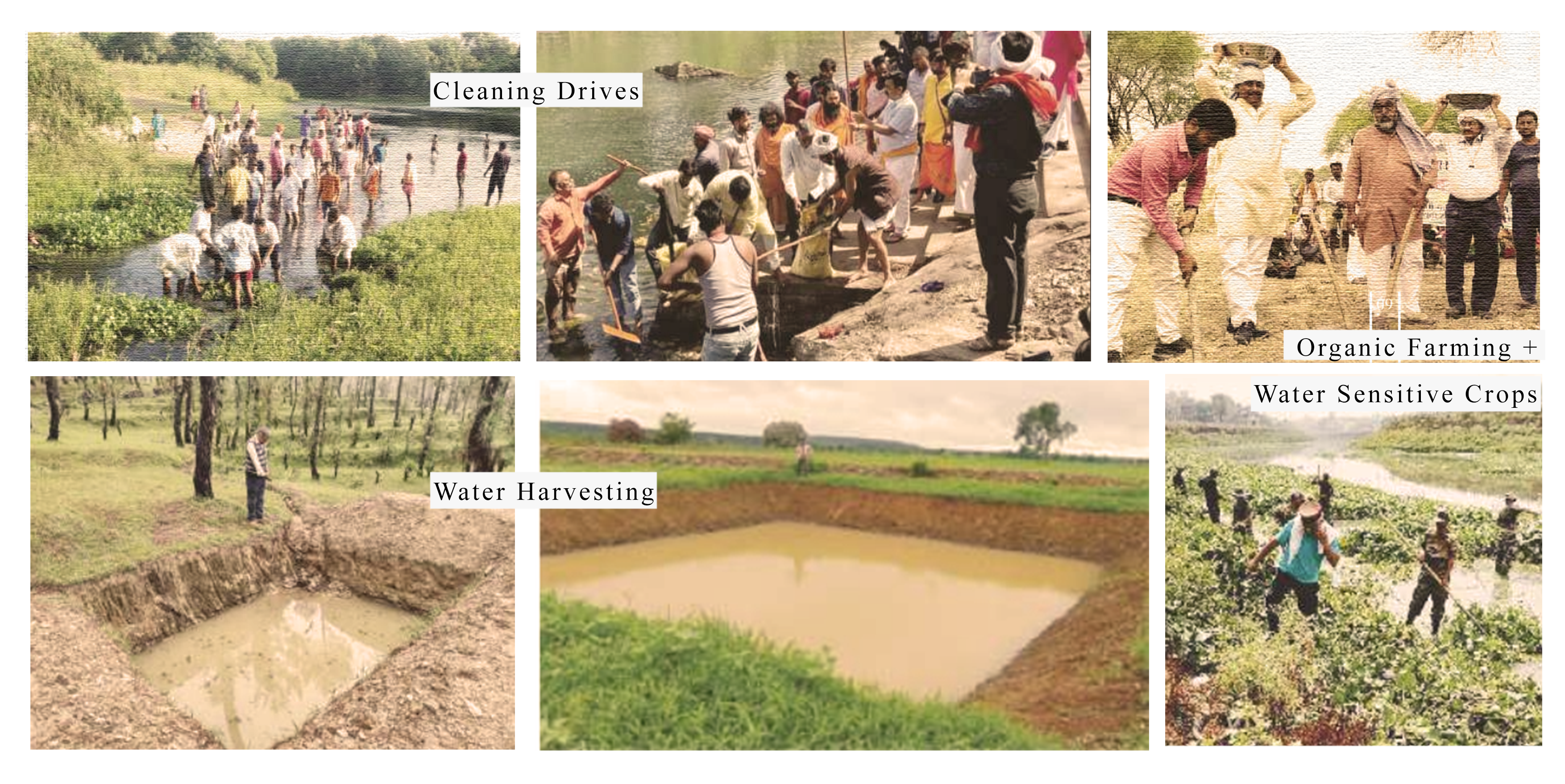
Figure 5: Community efforts to reconnect to old natural ways | Source: (Lok Bharti, 2022)
